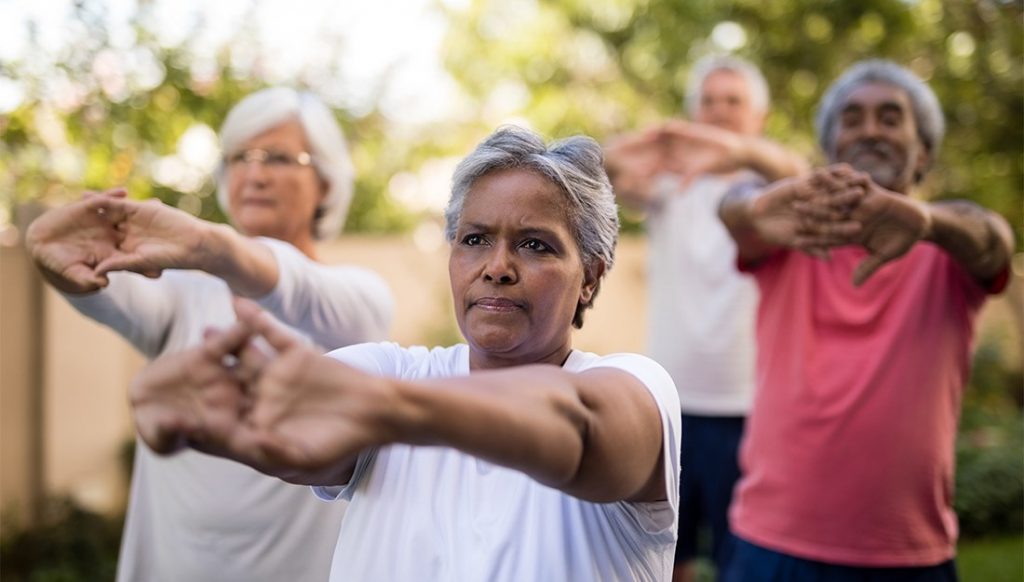Get moving: Study IDs best practices for encouraging physical activity

For years, physical activity has been known as a major contributor to health and well being. However, despite this knowledge, many Americans simply do not move enough each day. Among other causes, this shortage of activity can be traced to a lack of parks, recreation facilities and walkable neighborhoods in many parts of the nation. Despite programs to address this issue, many areas—especially neighborhoods that are home to people of low socioeconomic status and racial and ethnic minorities—still lack the infrastructure needed for physical activity. Several interventions have attempted to address this infrastructure inequality, but little is known about what practices are most likely to improve physical activity.
In a new study published in the American Journal of Health Promotion, a team of researchers led by Selina Stasi, instructional assistant professor in the Health Promotion and Community Health Sciences Department at the Texas A&M School of Public Health, reviewed efforts to improve physical activity access in low-income and diverse communities to see how successful those attempts were and to what degree members of the community and other parties were brought together in those efforts. Through this review, the researchers aimed to reveal common practices that could inform future efforts and improve their chances of success.
Stasi and colleagues examined studies from four literature databases, with an eye toward papers that dealt with access to physical activity opportunities and related interventions that were set in low-income or ethnically diverse communities and had outcomes related to increased physical activity among residents. After reviewing articles identified through keyword searches and excluding studies that did not meet the team’s requirements, the researchers obtained 14 publications.
The researchers then examined the 14 studies to see how well they aligned to a set of six essential practices related to building and sustaining meaningful positive changes in a community. These practices include a focus on reducing health disparities caused by social, environmental and economic inequalities; engagement of community members and approaches that encourage shared leadership; promotion of communication and shared learning and an emphasis on sustainable and lasting change.
Each of the 14 studies followed different approaches to improve access to opportunities for physical activity, ranging from public policy efforts to social media campaigns, and all 14 achieved some level of success at increasing physical activity. All of the articles also focused on health inequalities, one of the six key practices, but only two of the studies met all six criteria, and only a few hit more than two.
“The findings of this review indicate a need for interventions to make better use of best practices, with an emphasis on greater community engagement and communication,” said Stasi. “Having community support is crucial to success of such interventions and failing to engage with people living in these areas beforehand can erode trust and cause efforts to overlook important details.”

